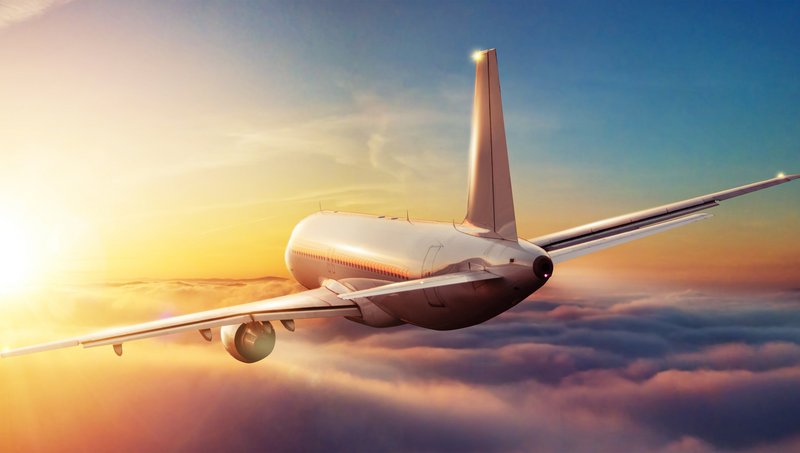Innovations from Continental for Aircraft and Airports
On the ground and in the air, Continental takes you to your vacation destination – with greater safety and efficiency
Tires for all kinds of ground vehicle, materials for the most demanding requirements and intelligent solutions for airport aprons, taxiways and the cockpit: Technological expertise and innovation prowess make Continental a strong, reliable partner for the air transportation sector. We ensure your vacation gets off to a flying start.
Your luggage has been stowed, everyone has boarded and safety belts have been fastened. Your well-earned vacation can begin! But before airline passengers can sit back and relax, they need two very important things: a feeling of safety and comfort. And this is precisely where Continental comes into play.
Download Graphics - pdf (1.05MB).
As a technology company, we offer numerous products and solutions which make sure that passengers, luggage, crew and airport ground staff can move about from A to B safely and efficiently. And that’s not all. Our innovative technologies are not only making ground transportation safer, more connected and more sustainable, they can also optimize processes in airport environments.
Vast tire portfolio and materials expertise
Continental offers the airport industry the ideal vehicle tires for all essential operations on the ground. Whether for passenger transfer buses, fuel trucks or vehicles transporting luggage and catering around the airport apron: we are the only tire manufacturer to offer the complete range of specialized tires.
Continental’s fuel tanks, industrial hoses, drive belts for luggage conveyor belts and skai® seating upholstery materials for comfortable traveling are also used in airline operations. And our concertina wall materials can be found in passenger boarding bridges – also known as jetways or gangways. What’s more, we supply various spacer fabrics and collapsible tanks for safely transporting and storing fuel and other liquids.
Innovative technologies offer huge potential
At the moment, we are also testing proven technologies from our Automotive group sector that have the potential to further improve processes in airport operations. For instance, the vehicles operating on airport aprons and taxiways could be electrified and automated. Sensors, radar and LiDAR technology can be used to monitor specific areas and spaces and prevent accidents, while driver monitoring systems could keep an eye on the condition of aircraft pilots. Smart glass, head-up displays and augmented reality technologies could make the entire airport environment safer and more efficient.
Thanks to our expertise, experience and innovative strength, Continental is a reliable technology partner for the air transportation sector too.
Glossary
Sensors detect physical quantities such as temperature, movement or pressure and transform these values into electrical signals. Systems can then process these signals to perform functions or collect data.
Radar (acronym for “radio detection and ranging”) uses electromagnetic waves to determine the distance, speed and direction of objects relative to the radar site. It is used in air transportation, maritime transport and driver assistance systems.
While LiDAR (acronym for “light detection and ranging”) functions similarly to radar, it uses laser light instead of radio waves to measure ranges and generate precise 3D models of areas. This technology is used in autonomous vehicles, mapping and environmental monitoring.
Smart glass is a special type of glass whose degree of transparency can be controlled by applied electrical voltage. It is used to regulate the amount of sunlight passing into a building or to provide privacy shielding, particularly in modern buildings and motor vehicles.
Head-up displays project important information such as speed or navigation details onto a vehicle’s windshield or a transparent display. As this is in the driver’s direct field of vision, the driver can stay focused on the road while keeping an eye on the relevant information.
Augmented reality (AR) supplements the real-world surroundings with additional digital information such as graphics or text, which are viewed on a display or eyewear, for example. AR is used in gaming and navigation as well as for training purposes.






